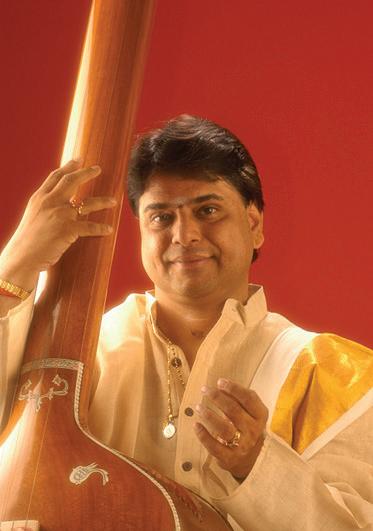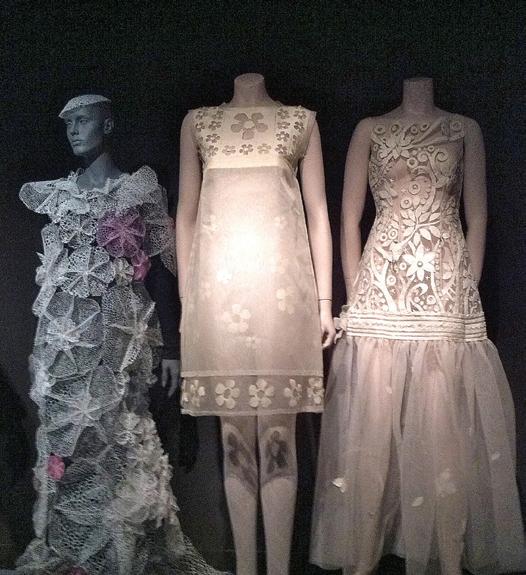
6 minute read
Laced with brilliance
from 2011-09 Sydney (1)
by Indian Link
Two Indian artists, Golnar Roshan and Yogesh Purohit, display their passion for lace in the young and edgy Love Lace exhibition at the Powerhouse Museum
Purohit’s work while being a more accepted form of lace is still an amalgamation of tradition in the 21st century. While Golnar’s inspiration is more in line with the global trend, Yogesh’s work is a modern interpretation of a very local craft. He is very inspired by India and its culture and history and it comes through in his joyous explanation, “Could I be any luckier to be born here where history still lives? A place where artisans still indulge in their age-old crafts, where every colour has a texture and every texture has a smell. The souls of these crafts beckon me to adapt and explore. Hence the contemporary expression in appliqué, which is my small attempt of adapting the traditional narrative appliqué work still practised in rural communities of Gujarat in western India.’
Yogesh’s cream dress spotlighted at the end of a long corridor is virginal and playful at the same time. When asked about the contribution, Lindie elaborates, “Yogesh has created a beautiful garment whose transparency, from the appliqued bodice to the gathered net skirt, is at once classic and contemporary. It uses traditional techniques in a light and youthful style.”
Though lace is usually associated with textiles, curator Lindie Ward broadened the definition of lace to include any ‘openwork structure whose pattern of spaces is as important as the solid areas’. Digital multi media works have pushed the boundaries of lace even further into virtual worlds.
The experience of visiting this exhibition is multilayered and delicate, much like the subject matter itself. Lace offers the mystery of concealment and the subtle interplay of space, light and shadows. Lighting has been used artfully to master the interplay between outsourcing and sustainability aspect with Artist JoepVerhoeven’s ‘Lace Fence’ being fabricated in Bangalore by local lacers. “Our design studio is based in the Netherlands, the production unit is based in Bangalore, India. We value a socially responsible and sustainable way of producing. With our team of lacers these aspects are as important to us as being able to create new products,” he says.
It is rare to see an exhibition that so completely encompasses the length and breadth of a subject spanning many bridges between culture and time and yet keeps the experience personal
In addition to the Lace Award, Love Lace Exhibition and publication with the same name, The Powerhouse Museum also has the Lace Study Centre that provides access to its collection lace that has been in the making for over a century. This permanent resource has lace work ranging from 1500s to date from all over the world and makes for a fascinating few hours for anyone interested in design.
Love Lace is on until April 2012.

BY NOOPUR SINGHAL
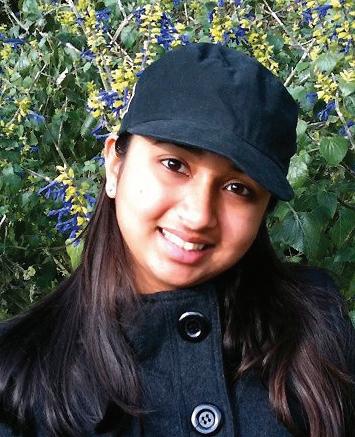
The phrase ‘Make Lace Not War’ in bold black, red and white tells you the moment you walk in that this exhibition is about to break all your conventional notions about lace. Showcasing the spectacular entries of the winners and finalists in the Powerhouse Museum International Lace Award, Love Lace is an exhibition that encompasses all that is lace.
Artist Yogesh Purohit explains with an ‘Indian’ example how 130 lace entries from 134 artists from 20 countries are so different yet so beautifully harmonious in their display. “India has a chaos of diverse cultures and people, their unique traditions and ideas, their arts, crafts, textiles and costumes, their music, dances and folklores, each putting up their best. Yet creativity transcends all barriers and speaks a common language of emotions and inspirations.”
The Lace Award is meant to inspire new design applications of lace and to attract a diversity of ideas from many global cultures and the artists really push the envelope with dimensions, colour and scale to create provocative and inventive work. Techniques range from bobbin and needle to industrial welding and soluble solutions while materials run the gamut from cloth and paper to metal and even horse hair! From flatware to fashion, bold large-scale installations and sculptures to intricate textiles and jewellery, lace is everywhere. Golnar Roshan is one of the student finalists from University of Technology, Sydney, originally from India and now based in Rotterdam. Her work Garden of Leaflessness is a beautiful tapestry made from leaves and thread that matches the timelessness of lace with the transient qualities of nature. “This work pays homage to the constantly changing poetic lace which surrounds us and exists within trees, leaves and branches. I am particularly interested in lace’s transient qualities; the way the fabric changes in different lights and the way it forms beautiful shadows that are constantly moving and transforming,” says Golnar.
Nestled between a lace bird mobile and a graphical lace installation, Golnar’s work hangs silently in the spotlight. “Her work is very eloquent and poetic. The green eucalyptus leaves will progressively alter in colour over time in the exhibition as they dry out. We have used a light that gradually changes from dark to light. The subtly glinting metallic threads used in this piece respond beautifully to our lighting solution,” says curator Lindie Ward.
While Golnar chose to display an installation that is more new age, Yogesh
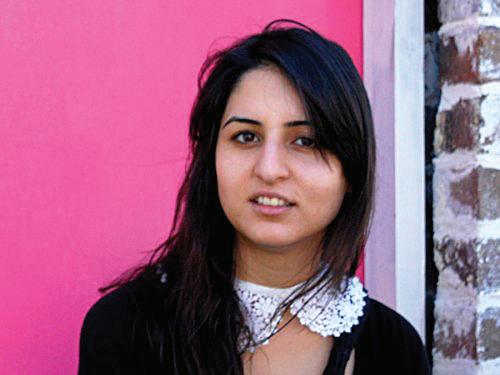
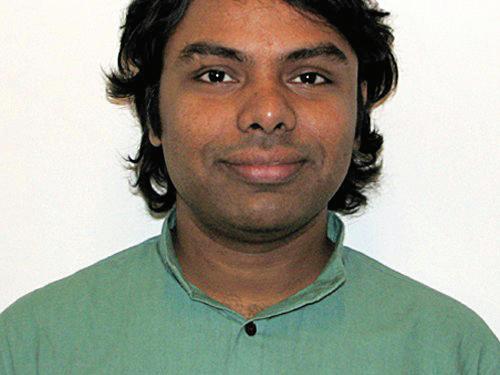
The experience of visiting this exhibition is multilayered and delicate, much like the subject matter itself. Lace offers the mystery of concealment and the subtle interplay of space, light and shadows want them to go negative space and artwork, while the layout is full of curves and mysterious turns and corners, alluring the visitor to explore them all and get more involved. Like Lindie says, “The lighting in the exhibition is very important as all the works play with positive and negative spaces and shadows.”
It is rare to see an exhibition that so completely encompasses the length and breadth of a subject spanning many bridges between culture and time and yet keeps the experience personal. Love Lace is old and new, modern and traditional, past and present, intimate yet large scale all at the same time. It even has an
It swept many off their feet last year and stamped mainstream approval on a culture that, with readjusted expectations, is comfortably present in the vibrant city of Parramatta. This year Parramasala returns with a promise of going more than a notch better; Parramasala is no ordinary fest, for it not only acknowledges but celebrates –with rare abandon – the tireless South Asian community in Australia.
This year’s program, launched recently by the Lord Mayor of Parramatta John Chedid and NSW Premier Barry O’Farrell, promises to be another eight-day joyride in some of the oh-so-typical South Asian flavours: streets lined with vendors, live music, dance and enduring bonhomie.
From 30 October to 6 November the Riverside Theatres will host an incredible assortment of artists from across the world who’ll be bringing more than just their colourful selves to the party.
“Following the festival’s success in its inaugural year, we once again look forward to hosting this wonderful event and showcasing many facets of South Asian culture and with an expanded eightday program, we can expect even more visitors,” Cr Chedid said.
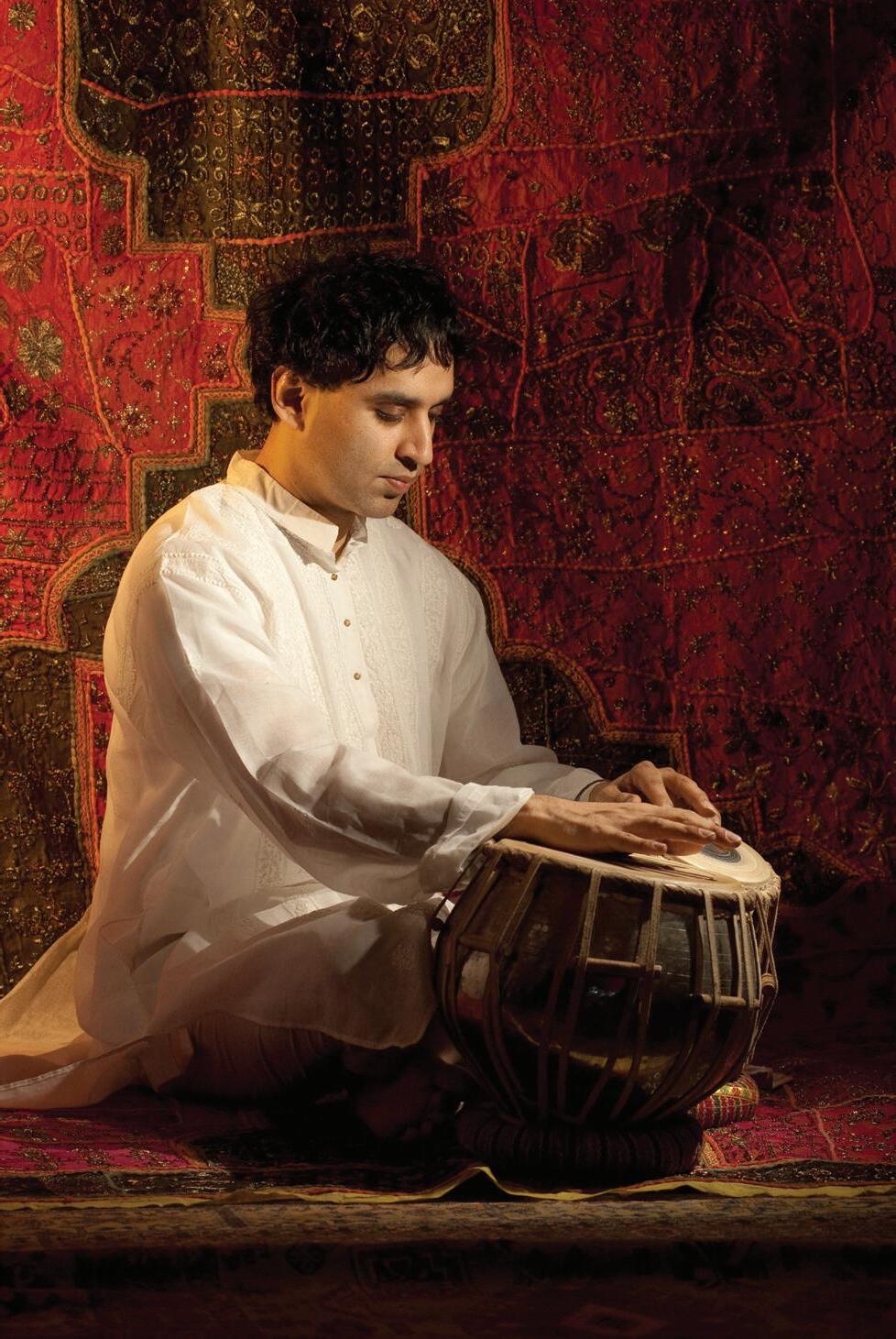
“Parramasala also allows us to recognise the important contribution South Asian cultures make to our City and for our residents and visitors to celebrate as one.”

Expectations are high from this year’s event, which according to the festival’s Artistic Director, Philip Rolfe, is set to continue to “surprise and delight audiences” with its grandeur and glee.
Undoubtedly the event’s promise of uniqueness lends a touch of sophistication to it. This will be, to quote Mr Rolfe, “a one-off, never to be repeated event” with some of the world’s most renowned artists presenting a number of Australian exclusives.
The Church Street Mall will reverberate with music and dance; the street market could well rival in flavour and rush Delhi’s Paranthevali Gali or, for that matter, Lahore’s, not-so-imaginatively-named Food Street.
Movie buffs will have a special opportunity to experience the rich and prolific South Asian cinema – the anythingbut-wooden superset of this world’s Bollywoods, Kollywoods, Tollywoods,
Lollywoods and their ilk.
Parramatta Artists Studios and other public spaces in the area will have a free-for-all exhibit of modern art. For those interested in action, The Other Journey – an experimental theatre presentation which includes, among other things, a boat tour and large-scale outdoor video art. This could prove to be well worth a journey to Parramatta River, the site of the event.
Last year, Sydneysiders were treated to an experience that showed South Asia at its diverse best: the thundering earthiness of Indian folk singer Kailash Kher’s voice; techno musicians who came from some of the most progressive and modern territories in the world; mesmerising classical dance performances tailored for the modern eye; and, not the least, the rural folk of the Indian subcontinent who’ve kept afloat their generations-old traditions and craft. The festival offered a welcome reminder to many who had lost touch, consciously or otherwise, with their roots living in a far-off country.
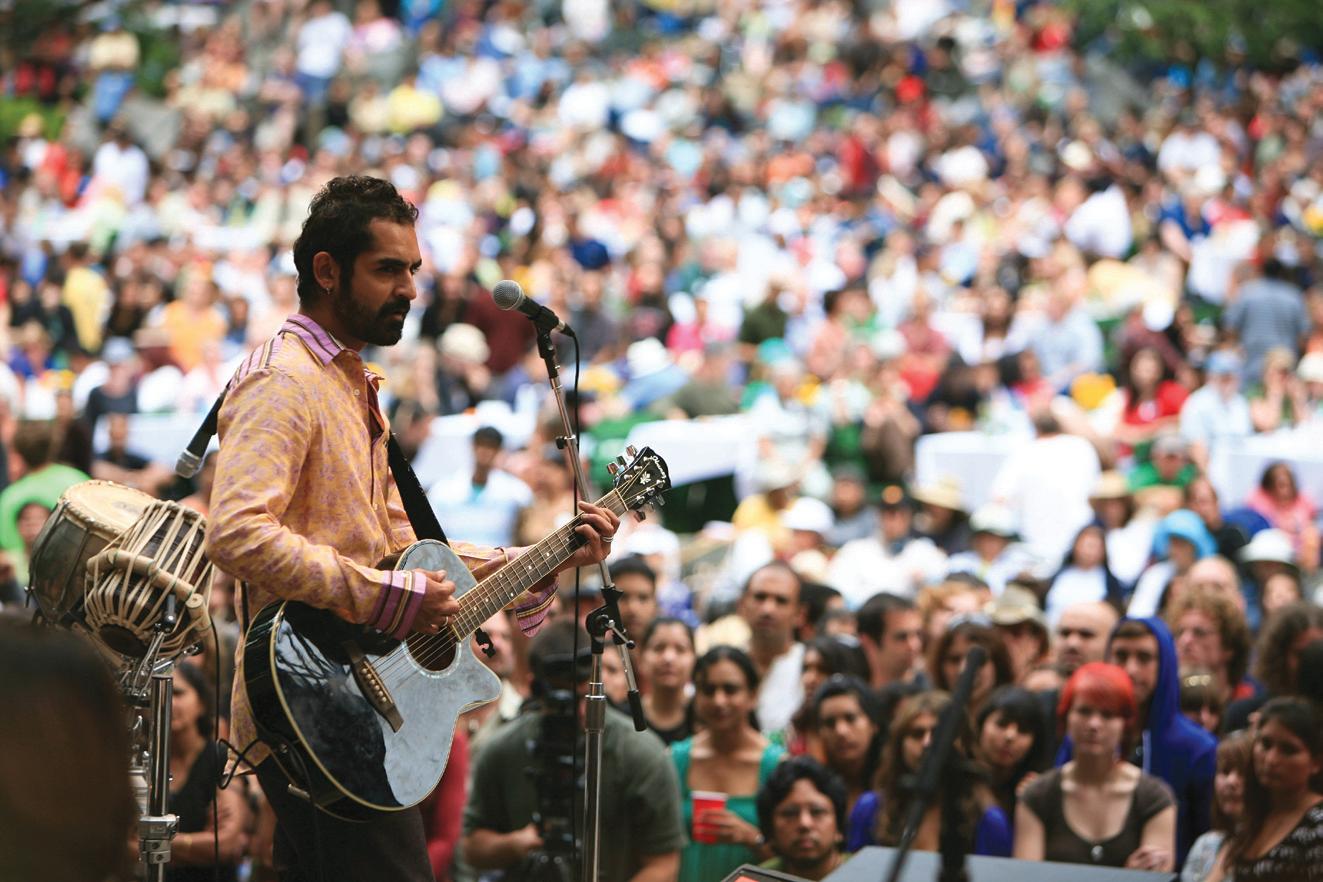
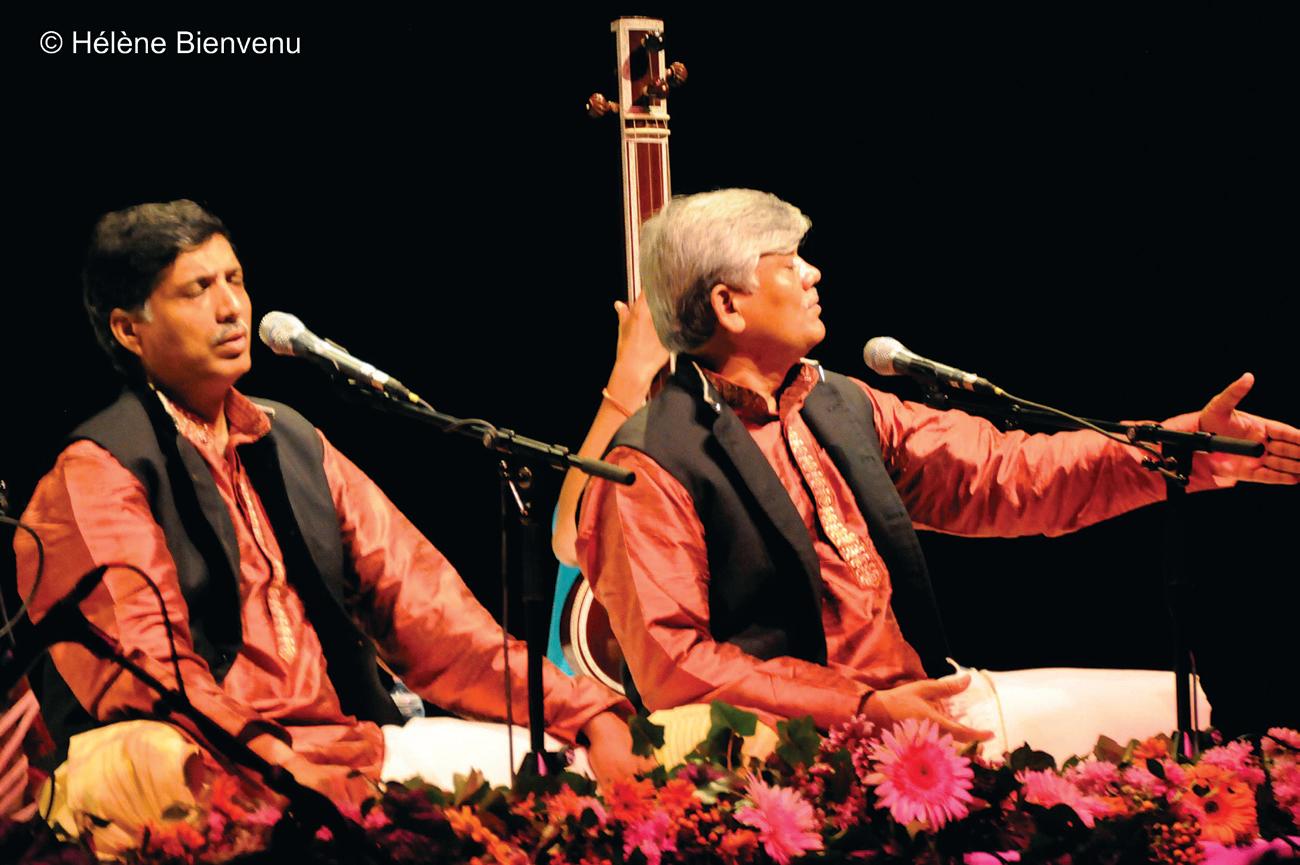

This year’s event, with two central entertainment areas, will give an opportunity for many to renew their bond with a region synonymous with warmth, largesse and hospitality.

There is every chance that the experience will live up to the expectations of the wide-ranging audience expected to turn up to taste a slice of South Asian life and culture.
Parramasala, a joint initiative between Events New South Wales and Parramatta City Council, is an effort to highlight the cultural diversity of the city of Parramatta. The week-long festival is one of world’s most extraordinary international arts events. It may be dominated by India and its culture, but it is a festival for everyone. This year’s event will have both free and ‘accessibly priced’ ticketed events. More information on the programme is available at www.parramasala.com
Gaurav Pandey
